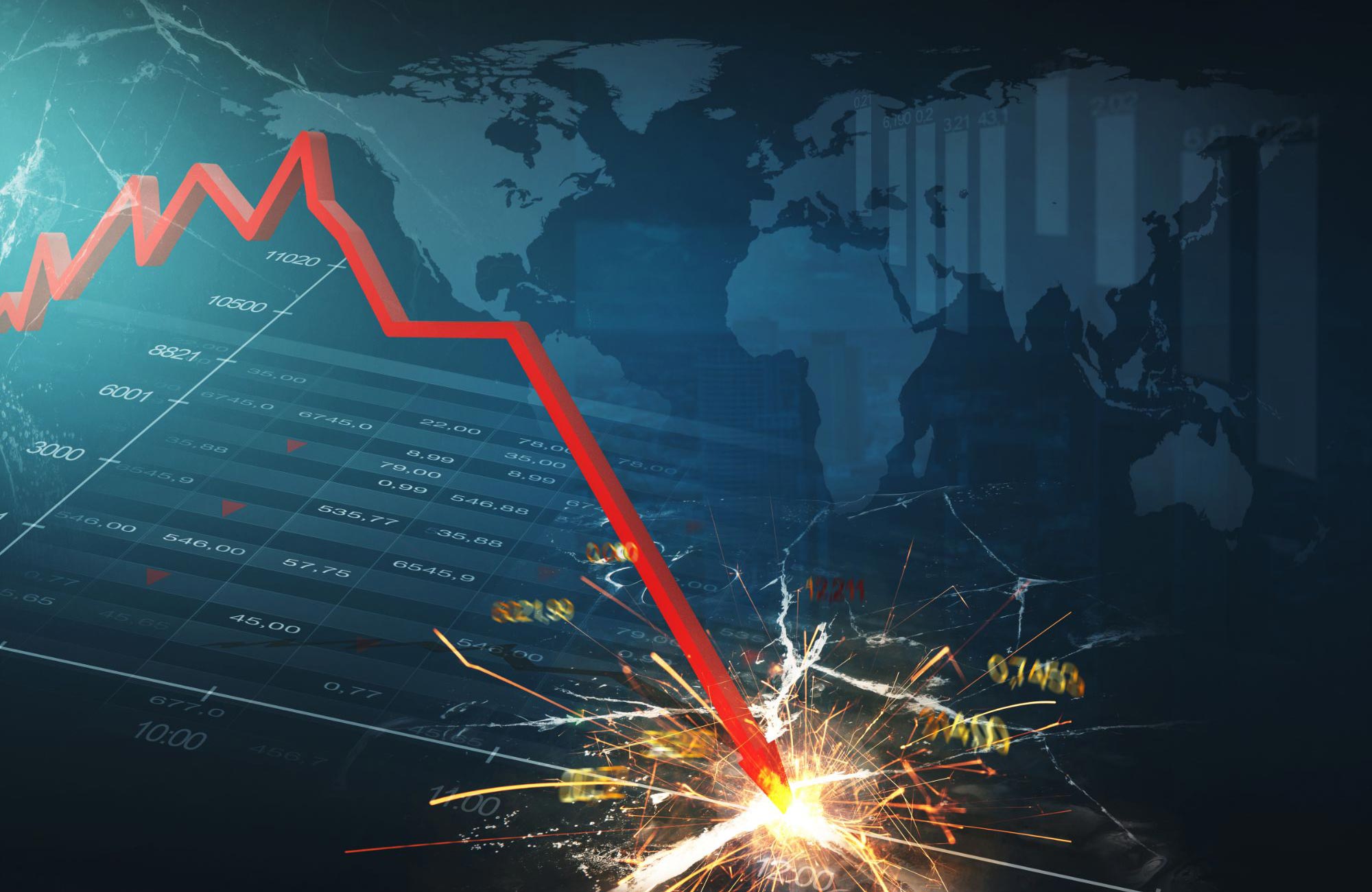Crypto Chaos: The Mathematical Forensics Behind a $3.5B Market Meltdown

Unraveling the Crypto Catastrophe: How a Strategic Attack Triggered TerraUSD's Dramatic Downfall
In a groundbreaking study published in ACM Transactions on the Web, researchers from Queen Mary University of London have uncovered the intricate details behind the spectacular collapse of TerraUSD, one of the most notorious cryptocurrency meltdowns in recent history.
The research reveals that the stablecoin's crash was not merely a market accident, but the result of a meticulously coordinated attack that sent shockwaves through the entire cryptocurrency ecosystem. By dissecting the complex mechanisms that led to TerraUSD's implosion, the study provides unprecedented insights into the vulnerabilities that can lurk within seemingly stable digital financial systems.
This comprehensive analysis offers a critical examination of how strategic manipulation can potentially destabilize even the most sophisticated cryptocurrency platforms, serving as a crucial wake-up call for investors and blockchain developers alike.
